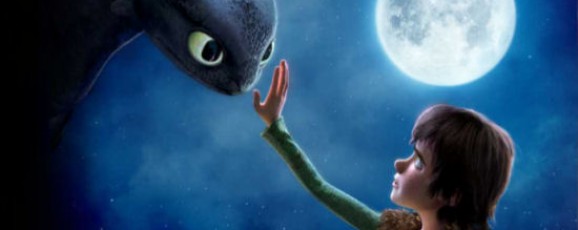Make It Sparkle
CLICK ABOVE TO VIEW FULL IMAGE
My screenwriting professor in LA called it “The Page 17 Dilemma.” In classic story structure, it’s sometimes called “The Quest.”
It’s unmistakeable in most books and cinema. It’s the moment where the protagonist is confronted with his major crisis, and how he responds will forever change his destiny. It’s the point of tension where life can no longer remain the same—a defining choice must be made.
It’s this brief moment, that usually takes place by page 17 in a feature film screenplay, that makes heroes out of ordinary people and triggers that lump-in-throat response that keeps us on the edge of our chairs for approximately 100 more pages of script.
We’re expecting it, we know it’s coming and yet we can’t resist it. This moment of tension has arguably been in any story worth telling—from a campfire story you’ve told as a child to a summer blockbuster flick. These principles are what we look for when telling compelling stories about brands we work with. Anyone can sell widgets like your company does. But what makes it sparkle?
I’d like to illustrate this principle by dissecting a fantastic example from Pixar’s “How To Train Your Dragon.” If you haven’t seen this film, do yourself a favor and rent it. I’m always amazed at a cartoon’s ability to grab your heart, and this one is no exception. The stunning visuals and underdog hero don’t hurt, and this film is especially touching to pet-lovers and animal aficionados.
This clip embodies five components that, when executed well, will make for a story worth watching, reading or listening to. And if these principles are carried out in your story, whatever it may be, you’ll be sure to have a captive audience. (Admit it, after watching the clip, you want to see the whole movie, huh?)
1. Establish the tension. Hiccup, the protagonist, had always been told these dragons were the root of all evil. His village fought mercilessly with dragons for generations. When Hiccup tries to kill the most elusive and dangerous dragon of all, Toothless, he ends up wounding him and his deep need for acceptance and heroics is challenged with his deep sense of empathy for a wounded animal. Seeing the large beast trapped, he doesn’t know if he should help or kill the animal, or even whether he will die trying.
2. Build the suspense. Hiccup approaches the foreign beast, fascinated, yet terrified. He takes a deep breath and fearfully turns away, extending his hand. He doesn’t know if it’ll remain attached to his arm.
3. Establish the possibility for two vastly different outcomes. Will this unlikely duo become inseparable partners or arch nemeses?
4. Create a lingering moment. The tension of harm or heal rides out for an eternity. We’re taken on a ride. Make people wait for it.
5. Make it sparkle. Just when that moment feels too long, you notice the sparkle. The light dancing on the water ripples in the background. The golden hour sun. That sense that this a perfect moment captured in time.
And then, the magic happens. The hero is born and the course of his life is forever altered.
This “make it sparkle” magic is the icing on the cake. Pixar is a master at this.
Everyone and every company has a story like this one worth telling. That last step—the sparkle—is the point of no return for the audience. It’s that last attention to detail that can take someone from “want to have” to “need to have.” For us, that sparkle is acute attention to detail. Waiting to reveal the punch line until the last possible minute. Shooting at golden hour. Enticing, tantalizing details savored until the very end.
In any story, if you can follow these principles and pepper them with some Pixar-inspired magic, there’s no telling what dragons might be tamed.





jparm1 September 14, 2012 Blog, Inklings